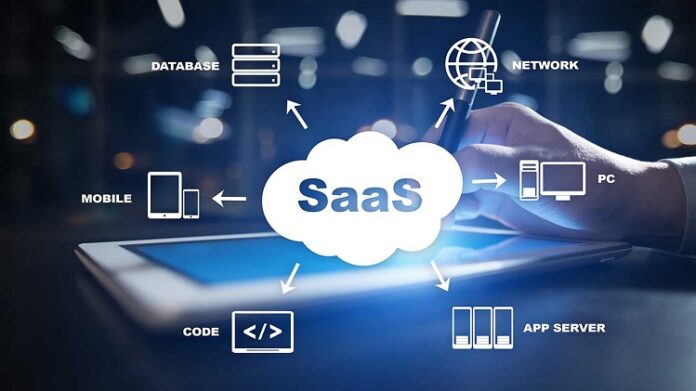When releasing a new SaaS (software as a service) solution for public use, ensuring proper security protocols are in place is crucial for data safety. You can do this by performing a quick SaaS security audit with the help of your in-house security team or a professional security service.
A SaaS security audit would help you examine your application against set security standards and identify missing security rules and hidden security flaws.
SaaS systems should be simple and accessible to authenticated users while being impenetrable to others. A meticulous SaaS security audit can help you achieve that.
How to perform a SaaS security audit
Here is the list of security controls that you need to test while performing the SaaS security audit.
1. Test for Access Management
It is by far the most important and critical part of SaaS security. Assessing access management helps you answer questions like who can access what on your SaaS application and how are their permissions defined? Common access permissions are based on operational position, the system accessed, data specifications, and workflow assignments.
2. Test for Network Controls
Assessing network controls include security groups that determine who can access particular instances over the network. For more granular control, this may also consist of jump servers and network access control lists. An optional layer of security is virtual private cloud functioning as a firewall in order to control traffic both inside and outside of one or multiple subnets.
3. Test for Perimeter Defense
Perimeter defense has usually been focused on regulating traffic that flows inside and outside of a data center network. The key technology which reinforces perimeter security is a firewall. A firewall filters out possibly lethal or unknown traffic that could pose a danger based on a collection of rules concerning the types of traffic and allowed source/destination addresses on the network. Most companies also implement extra layers of perimeter defense such as intrusion detection and prevention systems (IDS/IPS). IDS/IPS watch for any suspicious traffic that has been gone through the firewall and not detected by it.
4. Test for Virtual Machine
Regular updating of the virtual machines which are part of your SaaS application helps in making sure that your infrastructure is secure. Keeping up with the new vulnerabilities and patches that are available on the market requires considerable investment in methods to detect them. These tasks should be continuously performed by a SaaS provider on standard VM images and third parties that are used in its application.
5. Test for Data Protection
The most essential practice that all SaaS providers should follow is that of encrypting data. They should be responsible to avoid data theft by not only encrypting data at rest but also in transit. Additionally, customers should have the option to control their encryption keys preventing cloud operations personnel from decrypting their data.
6. Test for Governance and Incident Management Policies
It is highly important to have governance and incident management policies in place. This enables you to keep a track of certain types of incidents that may be a part of a potential security breach. Also, it never hurts to have procedures in place for investigation in case some incident occurs.
7. Test for Reliability
One of the most appealing aspects of the cloud is the capability to scale up the current hardware or applications by adding resources as often as needed. Not only that, the cloud gives you the option to replicate data and services from one region to another in the event of a disaster. Therefore, SaaS application auditing makes sure there is a disaster recovery plan in place.
Security Accreditations for SaaS Companies
Since SaaS models are heavily dependent on trust, it becomes essential for SaaS providers to demonstrate that they are trustworthy and will be able to keep their customers’ data safe. Perhaps the best way to build that trust is to show that you have industry-recognized accreditation for your security controls. There are many security accreditations, certifications, and frameworks that you may need to comply with depending upon the nature of the SaaS application. Here is the list of a few: ISO/IEC 27001:2013, SOC 2, OWASP ASVS, CSA STAR.
Conclusion
Using the SaaS model helps in decreasing the multiple headaches related to deploying and managing the application in your AWS or Server infrastructure. On the other hand, it also leads to losing partial or complete control over one’s data. Therefore, performing a SaaS security audit plays an important role to ensure that your data is safe and secure.


